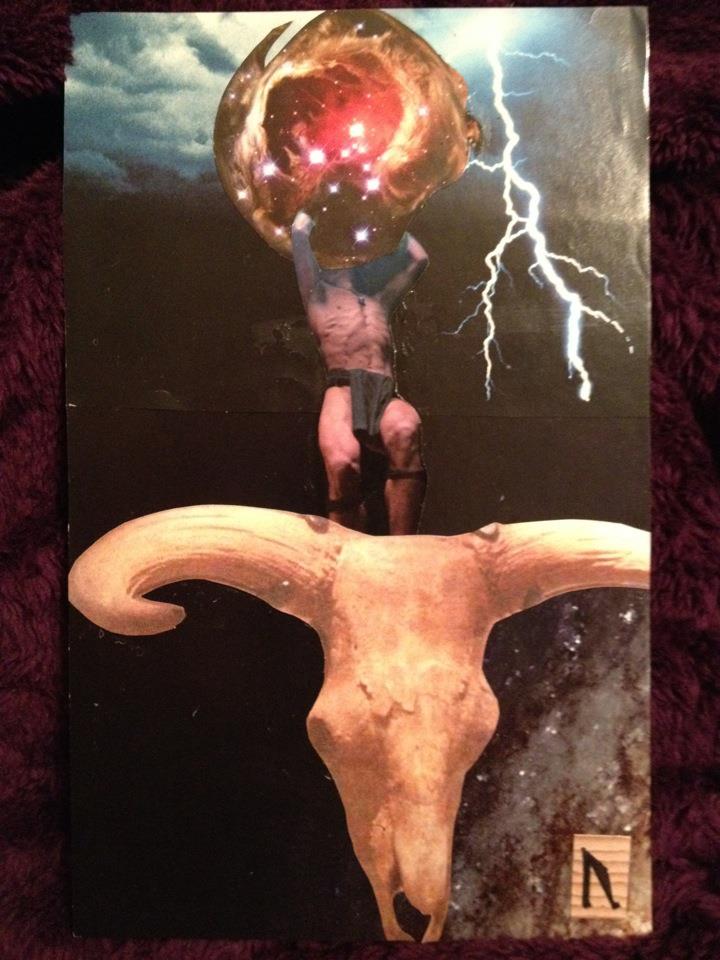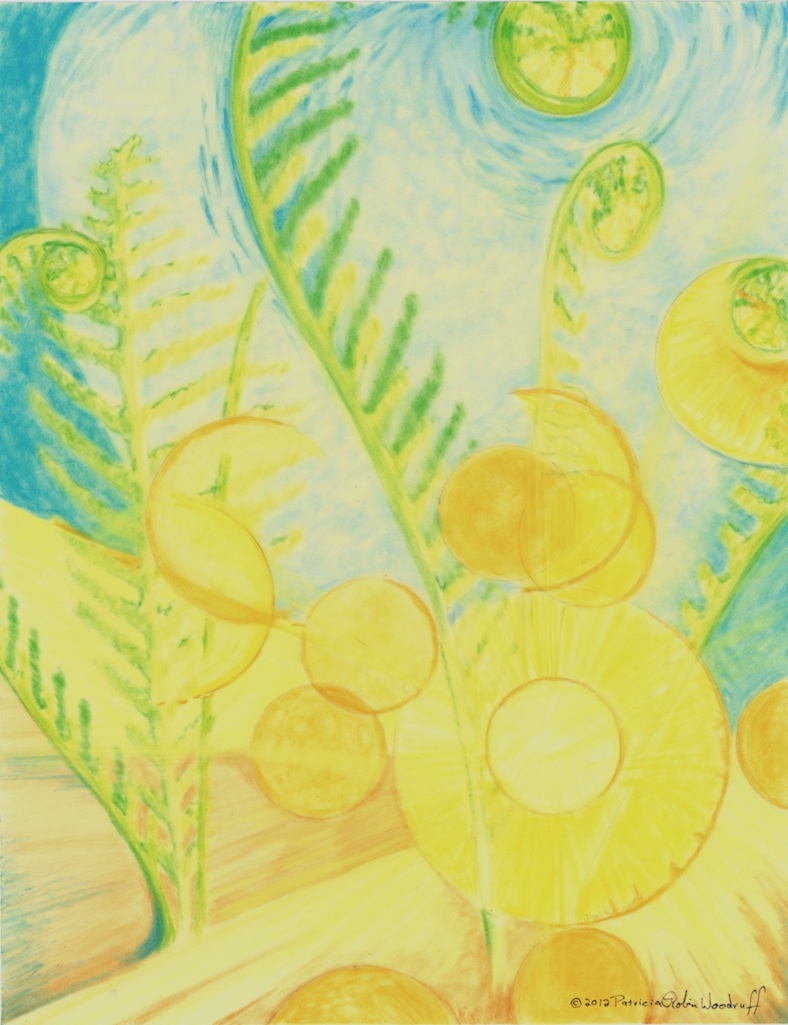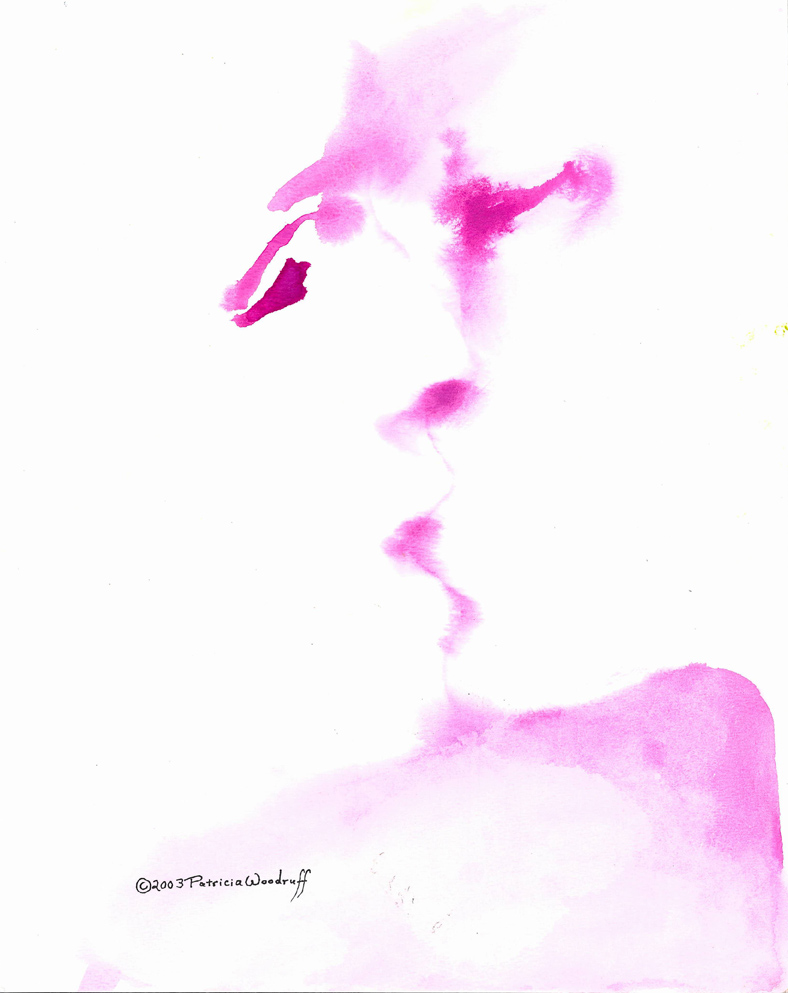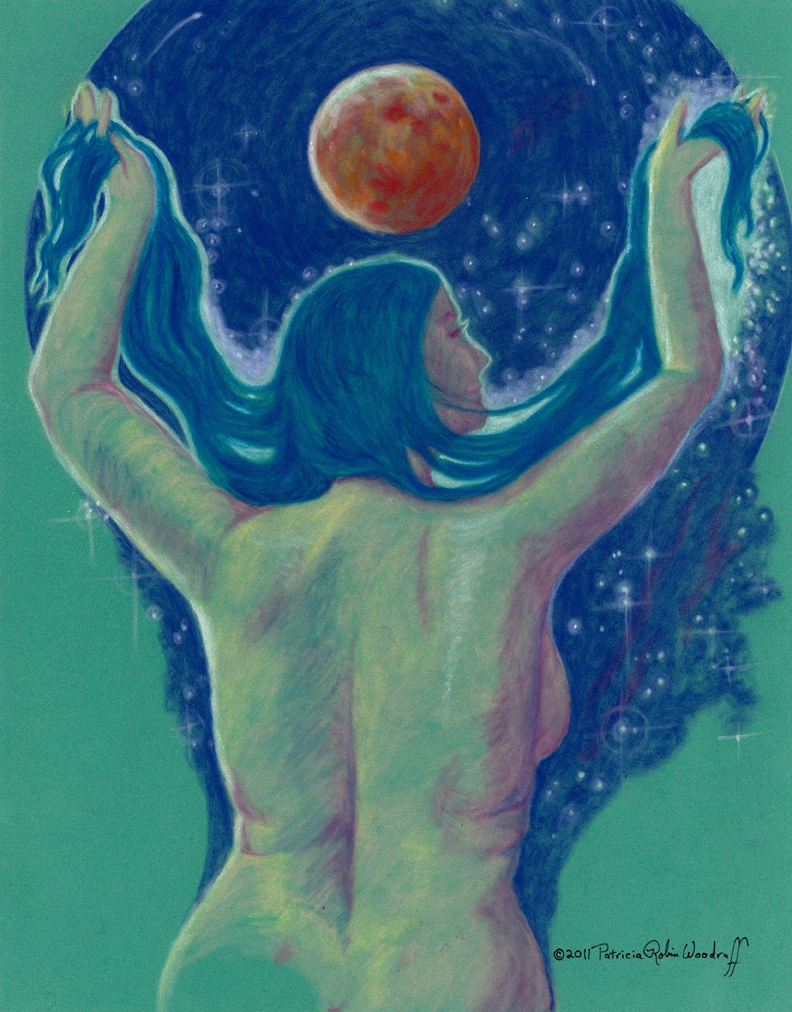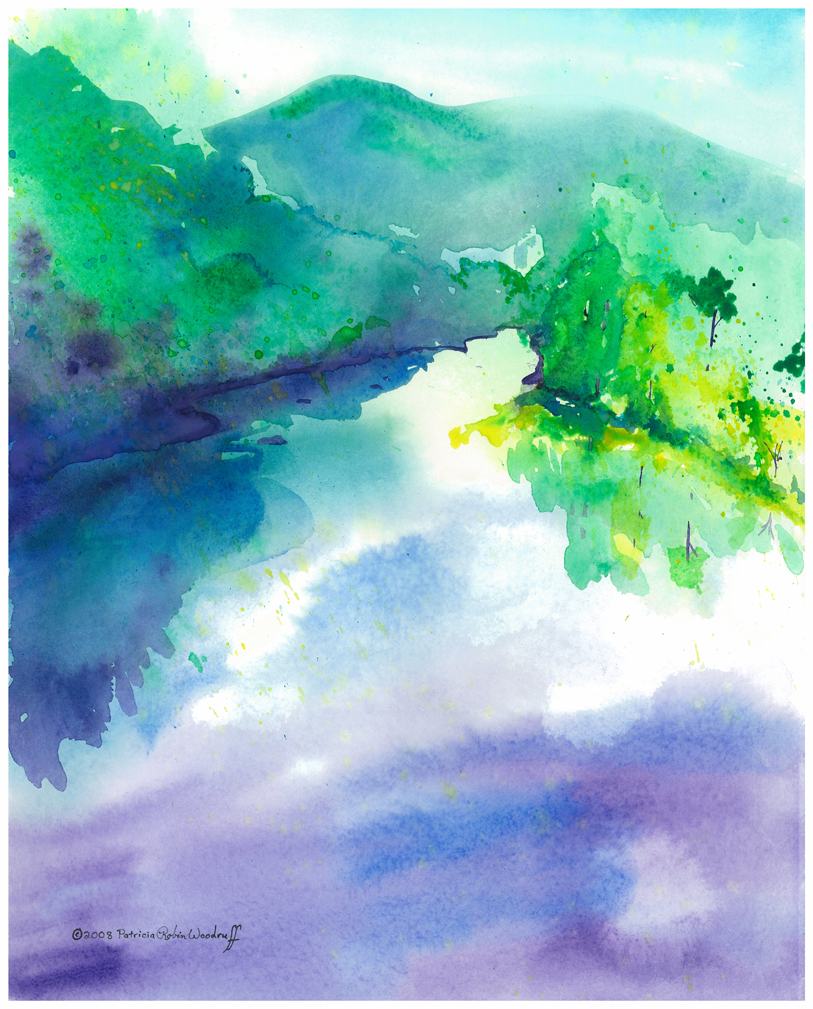You will have to correlate this to a moon calendar of the year you are working with, but starting with the first New Moon after the Spring Equinox, roughly:
March Moon – Brezeň – The Birch Moon – The first new moon after the Spring Equinox. This is the time of transition from winter into the warmth of spring, a hopeful time of eternal renewal. The birch is sacred to the Young Goddess of Spring in her various forms of Lada, Jarilla, Vesna, and also Devana. The birch is used as a protective talisman as well as a cleansing “broom” in the sauna. It is sometimes connected to the concept of the World Tree that connects the Underworld, the Physical World and the Spirit World. We can see in the Russian euphemism used when someone was dying, “they are going to the birches.” This is a good time to reevaluate where you are going this year. What do you want to grow in yourself in the coming months? What do you want to clean out of your life? How will you strengthen your connection to Spirit?
April: Květeň – The Blossoming Flower Moon – The second new moon after the Spring Equinox. This is the joyful time of flowers just beginning to peek out of the ground. Emerging young leaves brighten the bare branches with a green mist. Flowers in the Slavic culture represent fertility and abundance. This moon usually covers the very beginning of May, when the statues of the Spring Goddess are crowned with flowers. Young maidens also don the flowery crowns and celebrate the young god and goddess of Love and Life: Lada & Lado, Vesna & Kresnik, Jarilla & Jarillo. This is a wonderful time to bring love into your life. Embrace life and do what you love to do, you will blossom and the right people will find you. What do you love to do? How can you strengthen your current relationships?
May: Traveň – The Grass or Herb Moon – The third new moon after the Spring Equinox. In Ukraine it is a time to start gathering herbs. The plants are growing green and lush. Water holds so much life giving power, especially at this time of year. It causes things to full of vitality and growth. This is a good time to use water in “increase” spells. This moon often starts around the time of the modern celebration of Earth Day. Get out into nature more and grow your connection to the land and Mat Zemla (Mother Earth.) How can you help Mother Nature? What small changes can you make in daily habits to conserve clean water or reduce your impact on the planet? What do you want to grow in your life or the world at large?
June: Červeň – The Bug Moon – The fourth new moon after the Spring Equinox. Roman Zaroff equates this with the cochineal bug, which gives a crimson dye and were gathered at this time. So one might look at the symbolism of the color red in Slavic culture, which is the color of life and vitality. The red berries begin to ripen and fruit develops a ripening blush. The celebration of the Summer Solstice would fall during this moon, which is certainly a celebration of the fullness of life. It is a time of the ecstatic joining of the god and the goddess; Siebog and Siva, Vesna and Vesnik. They are radiant light and living water, and a celebration of the life that is generated from this joining. It is also the time of fireflies, which in South Slavic culture can be called kres, or kresnica connecting them to the Lord of Light, Kresnik. Like the firefly, we can be a “living light,” shining our spirit into the world. How are you making a difference with your life? How can we be a beacon of blessings for others?
July: Lipĕň – The Linden Moon – The fifth new moon after the Spring Equinox. This tree is associated with the Mother Goddess: Siva/Laima, and Mokosh. During this month (at the end of June, beginning of July) the Linden tree is blossoming and the Balts celebrate the goddess Laima at that time. The Linden is an especially holy tree which holds protective and healing properties. It is usually associated with friendship, loyalty, family and love. Sometimes the Summer Solstice can fall during this moon, which is appropriate with its celebration of the Divine couple. It would be a good time to evaluate relationships; this applies to our interactions with friends, community, religious or social organizations, and our government. Are we holding up our end of the relationship? Should we be devoting more time to the causes we believe in? Like the linden are we protecting those who are more vulnerable? Do we need to become more involved in our family, reach out to friends, volunteer in the community, or become more politically active?
August: Serpeň – The Sickle or Reaping Moon – The sixth new moon after the Spring Equinox. This refers to the cutting sickle, indicating the beginning time of harvest. The sickle is associated with Mara (Morena, Mazlenitza), the dark goddess. It is a reminder of the cycle of life; that the grain must die so that others might live. However, we are still in the time of bountiful harvest and rejoicing in the fruits of the Earth Mother; her honey, apples, grapes and grain. During this moon the Harvest Festivals (Spas) would be celebrated. While the dark time will soon come, right now is a time of abundance, bounty, celebration and gratitude for the bounty of the gods. What are you grateful for? How can you share your bounty with others?
September: Rujan – The Mating Moon – The seventh new moon after the Spring Equinox. It refers to the mating calls of the deer, indicating it is the animal breeding time. The bucks can get very aggressive, and engage in dangerous situations that they would normally be wary of. It is the time of the primal roar. Yet during this moon falls the Autumn Equinox, a time of balance. Take this time as a reminder to balance our deeper instincts with our logic. Our strong desires of the moment need to be balanced with what we know logically to be better in the long run. This also fits with the dwindling of the harvest, we need to plan for the future. Yet it all needs to be balanced, because denying oneself all the time isn’t healthy either. Perhaps examine eating or exercise habits, are you indulging in the pleasures of the moment and ignoring a healthy plan for the future? Or are you at the other extreme, never enjoying right here and right now? Do you have a plan for times of scarcity or in an emergency? Or are you always worrying about what will come and never embracing the daily joys all around you?
October: Vreseň – The Purple Heather Moon (also Vinotok or Grozdober which is the Wine or Grape-Gathering Moon) – The eighth new moon after the Spring Equinox. Heather is sometimes thought to cause death, but it is because it opens portals to the spirit world. It can help you connect to the Vila and other fey, or in shamanic workings it can provide a connection to journey to the spirit world for guidance and knowledge. Wine has also been used to achieve the ecstatic state, but it can also cloud judgement as well, so use this tool responsibly. The edge of October going into November is a time when the barrier between the worlds thins. This can be a good time to connect with your ancestors or spiritual allies. Have you shown appreciation to your ancestors, spiritual guides and deities? Like any relationship it needs to be cultivated. Honor them with fruits, flowers, honey, libation or other offering.
November: Listopad – The Falling Leaves Moon – The ninth new moon after the Spring Equinox. In Russian there is a word kruzit’sja which is applied to the motion of falling leaves or snowflakes, rising smoke, or people dancing together. It is a type of movement described as “progressive rotation.” Sometimes we think we have worked through a loss only to have it revisit us again, yet each time we make more progress in coming to grips with it. It’s part of the spiral of life. The Falling Leaves Moon is a time of letting go. Yet, we do not have to be completely unprepared, because it is also a time for foretelling the future at the thinning of the year. We balance knowing when we can control things and when we need to let go of that control and trust to that which comes. Life is a process. Is there a loss, divorce or death in our past that needs revisited and come to grips with? Think of a time of loss and let the feeling well up inside of you. Sit with it in acceptance. Thank the experience for the gifts that it has given you and let it gently fall away.
December: Studeň – The Cold Moon – The tenth new moon after the Spring Equinox. This is a time of rest. The harvest is brought in, the food preserved, and the wood is stacked. The days are still getting shorter, and the time of the celebration of the Winter Solstice is slowly approaching. You can look upon Mora and her partner, Hors with fear and loathing, or you can embrace the quiet and rest that is found in this cold time. Remember that continually being busy leads to “burn-out.” The night, the dark time, the black time is not seen by Pagans as “bad,” it is simply part of the continuum, part of the spiral of life. Just as the land needs a fallow time to replenish, so too, our spirit. What haven’t we been giving ourself permission to do because we are “too busy.” How can we nurture ourselves? This is a time when life returns to its bare bones. What can we eliminate as unnecessary from our lives?
The Thirteenth Moon of the Year: Gruděň – The Frozen Ground Moon – This would seem to be a sort of optional moon that would be inserted if there were thirteen moons that fall between the Spring Equinoxes. This refers to lumps of frozen earth or “frost heaves.” In our emotional life, we can experience emotional “frost heaves.” When we have buried a feeling, yet something triggers us emotionally and it bubbles up. When we have reactions that we feel we “can’t control,” this points to something buried down in our unconscious that probably needs worked on. This can be a good time to do “shadow work.” Examine your unconscious motivations. What really annoys you about someone? Is it because you do the same thing, or is it because you are jealous and wish you could?
January: Either Prosinec – The Gifting Moon or Sječeň – The Tree Cutting Moon – The eleventh or twelfth new moon after the Spring Equinox. The variations of Prosinec can refer to either the months of December and January. Zaroff writes that the word prosit “meaning to plea, a pleading prayer, or offering.” This is likely rooted in the proto-Indo-European ghosti principal of gifting and hosting; where a gift is given to the gods and they gift favors in return. Sječeň could either refer to the time to cut firewood, which I think is less likely (having lived in the woods and knowing that it is much better to be prepared for winter, rather than cutting trees down in the January snows.) More likely, it refers to the sacred cutting of the Bagnak tree (Yule log) for the celebration of Koliada (Winter Solstice.) The Croatian name for the month can also mean “festive.” What gifts do you give of yourself? Do you give until you are frazzled or empty? Do you gracefully accept gifts from others? Find joy in the giving *and* receiving.
February: Ledeň – The Ice Moon – The twelfth or thirteenth new moon after the Spring Equinox. In Ukrainian, the name of this moon (lyutyi) means “harsh.” This is not a peaceful, calm, and beautiful kind of ice, this is a struggling, problematic, and harsh frozen time. Yet we know that under the frozen surface of the earth is the first stirrings of spring. This is sort of the opposite of “shadow work.” Look to your external life and examine if you are stuck somewhere, but don’t worry, you often already have the solution buried inside you. Maybe get a tarot reading to help you reveal what you already know. What has become frozen, stagnant or stuck in our daily life and how can we work on that? What is causing us problems that we need to fix? What skills do we possess that can become the key to unlocking our problems?
This is an excerpt from my upcoming book, The Roots of Slavic Magic; Finding Our Way Back To Balance (to be released late 2018.) copyright Patricia Robin Woodruff Feel free to use this in your own “Book of Shadows” or “Book of Depth,” however, this took me at least 40 hours of research to compile and type (based on a “bare-bones skeleton” by Roman Zaroff) so please credit my work.
Blessings,
Academic Sources:
Rakhilina, Ekaterina V. “Verbs of rotation in Russian and Polish” New Approaches to Slavic Verbs of Motion. John Benjamins Publishing. 2010 Print.
Reindl, Donald F. “Evidence for the Germanic Origins of Some Slovene Month Names” Slovene Studies 1993 Web. 22 December, 2017 <https://journals.lib.washington.edu/index.php/ssj/article/viewFile/4179/3518>
Serbian Irish. “Fireflies” Old European Culture. 21 June 2015 Web 21 December, 2017 <http://oldeuropeanculture.blogspot.com/2015/06/fireflies.html>
Zaroff, Roman. “Measurement of Time by the Ancient Slavs” Studia Mythologica Slavica XIX 2016, 9-39 Web Document. <http://sms.zrc-sazu.si/pdf/19/SMS_19_01_Zaroff.pdf>
“Evening Star” by Alphonse Mucha – public domain

